- In the future, it will drive the rapid development of infrastructure between Chengdu and Chongqing

Throughout the ages, many well-known cities have been silent with historical changes. However, starting from the splendid and glorious ancient Shu civilization, through the "listing of five capitals" in the Qin and Han dynasties, to the prosperous and prosperous "Yang Yiyi Two" in the Sui and Tang Dynasties, and then to today's "Chengyu City Group", the land of Bashu has experienced After countless years of baptism and witnessing thousands of changes, it has become the national central city that benchmarks the world, leads the west, and is the "most happiest" national city, which shows that its position in history is very important.

The Chengdu-Chongqing Twin City Economic Circle has risen to a national strategy
On July 1, 1952, the Chengdu-Chongqing Railway was opened to traffic. This is the first railway built after the founding of New China. At the same time, it is also the first main railway line in the southwest region. This 505-kilometer-long railway, which took two years to build, made the "difficult road of Shu" smooth. Since then, the "Tale of Two Cities" of the flow of people, logistics, and information has gradually played out in Bashu.
With the development of the economy, in recent years, the state has paid more and more attention to the development of the Chengdu-Chongqing region, and major changes have also taken place in the "phrase" of related strategies.
Back in 2011, the "Chengyu Economic Zone Regional Planning" was issued, and the document clearly pointed out that the Chengyu Economic Zone has an important strategic position in China's economic and social development.
In 2016, the National Development and Reform Commission and the Ministry of Housing and Urban-Rural Development jointly issued the "Chengyu Urban Agglomeration Development Plan", which clearly pointed out the development strategic goals of the Chengyu urban agglomeration in the next "two decades".
In April 2019, the "Key Tasks for New Urbanization Construction in 2019" document was released, proposing to accelerate the construction and development of the Chengdu-Chongqing urban agglomeration, the Beijing-Tianjin-Hebei urban agglomeration, the Yangtze River Delta urban agglomeration, and the Guangdong-Hong Kong-Macao urban agglomeration.
On January 3, 2020, at the sixth meeting of the Central Committee of Finance and Economics, General Secretary Xi Jinping put forward for the first time "promoting the construction of a two-city economic circle in the Chengdu-Chongqing region and forming an important growth pole for high-quality development in the west." The meeting pointed out that promoting the construction of the Chengdu-Chongqing region's dual-city economic circle is conducive to the formation of an important growth pole for high-quality development in the west, and creating a strategic highland for inland opening is of great significance to promoting high-quality economic development.
In the promotion of major national strategies, the Chengdu-Chongqing region has once again appeared under the spotlight of a key historical node. The first proposal of the "Chengdu-Chongqing Twin City Economic Circle" also marked that the Chengdu-Chongqing region has become an important growth pole for national development. The Greater Bay Area is at the same strategic heights.
Looking at the changes in the national development strategy in the Chengdu-Chongqing region, from "economic zone" to "urban agglomeration" to today's "economic circle", from "district" to "cluster", and then from "cluster" to "circle" "This is undoubtedly an upgrade of the strategic level, which means that the strategic position of Chengdu-Chongqing region in China is becoming more and more important, and the country’s expectations for the development of Chengdu-Chongqing region are getting higher and higher.

In addition to the Chengdu-Chongqing dual-core, which other cities will benefit
As the gap between the inland and eastern coastal areas widens, with the support of the balanced and coordinated development strategy, inland areas have increasingly become the focus of national strategic deployment. As an important fulcrum for the transformation of China's economic kinetic energy, the development of the western region plays a pivotal role in the inland development, while the high-quality development of the western region needs to be driven by a strong urban agglomeration. The Chengdu-Chongqing region, as the best-developed economic zone in the west, is sufficient to shoulder this important task.
Tang Jiqiang, CEO of Xicai Think Tank, emphasized that Chengyu has obvious advantages in cooperation with Southeast Asia, South Asia, Europe and other regions. In recent years, Sichuan’s foreign trade has shown good momentum, and the China-Japan-ROK Leaders’ Meeting has chosen to be held in Chengdu, Sichuan. All these indicate that the western region represented by Chengdu and Chongqing will play a more important role in China’s opening-up process.
Both Chongqing and Chengdu are bridgeheads for the development of the western region, important growth poles in the western region, and urban agglomerations that meet the challenges of economic development in the new era. From the "economic zone" to the "two-city economic circle", the two cities need to develop in coordination. Promote the development of small and medium-sized cities in the economic circle through the development of central cities, and promote the development of coordinated systems in small towns.
The Chengdu-Chongqing urban agglomeration is located in the Chengdu-Chongqing area, with Chengdu and the main cities of Chongqing as dual cores, Suining as the central city of Chengdu-Chongqing north arc, Neijiang as the central city of Chengdu-Chongqing south arc, and Anyue as the central city of Chengdu-Chongqing straight line and Chengdu-Chongqing is a geometrical central city, and is linked by transportation lines such as Chengsuiyu, Chenganyu and Chengneiyu, including Chengdu, Suining, Neijiang, Ziyang, and the main city of Chongqing, and other urban aggregates of different scales and levels. It is the fourth largest urban agglomeration in China (referring to mainland China) after the Yangtze River Delta, the Pearl River Delta, and the Beijing-Tianjin-Hebei urban agglomeration. With Chongqing and Chengdu as the dual cores, more than a dozen cities including Mianyang, Yibin, Deyang, Nanchong, Luzhou, and Dazhou will accelerate their development, strengthen the industrial division and cooperation of cities along the route, and guide the development of advanced manufacturing and modern service industry clusters. An important platform for development is the strategic support of the Yangtze River Economic Belt and an important demonstration area for the country to promote new urbanization. As the region with the best economic foundation and strongest economic strength in western China, the Chengdu-Chongqing region has many industries such as electronic information, equipment manufacturing, energy and chemical industry, food processing, eco-tourism, and modern finance. More importantly, the Chengdu-Chongqing urban agglomeration is located at the intersection of China's "two horizontal and three vertical" urbanization strategy, and has the geographical advantage of connecting east and west, connecting north and south.
It is reported that Chongqing has the highest economic aggregate, reaching 2.360577 billion yuan in 2019, accounting for 36.28% of the total economic aggregate of the Chengdu-Chongqing urban agglomeration. Moreover, the difference between Chongqing's GDP and Guangzhou is less than 3 billion yuan. According to the current development momentum of Chongqing, it is estimated that in 2020, Chongqing's GDP is expected to surpass Guangzhou and rise to fourth in China (the top three are Shanghai, Beijing, and Shenzhen). Chengdu's GDP completed in 2019 was 1,701.265 billion yuan, which is about 26.15% of the total economic output of the urban agglomeration. Although Chengdu’s economic aggregate is not as good as Chongqing’s, the latter has a larger land area and includes large areas of rural areas and towns, while urban agglomerations are typical cities. Therefore, from the perspective of per capita GDP, Chengdu has the advantage. On the whole, Chongqing and Chengdu have their own strengths, and Chongqing does not occupy the lead, so it belongs to dual-core.
A person from the Sichuan Provincial Development and Reform Commission said that it is necessary to focus more on the leading role of the central cities of Chongqing and Chengdu. From economic zones to urban agglomerations to the twin-city economic circle, the logic behind it is layered focus. Specifically, the core of the construction of the twin-city economic circle is to highlight the driving role of the two central cities of Chengdu and Chongqing, and use the two polar cores to drive the development of the entire Chengdu-Chongqing region and even the western region, and promote industry, population, and other areas. Reasonable flow and efficient aggregation of similar production factors.

The rise of the fourth pole of China's economic development in the new era
In February 2018, General Secretary Xi Jinping came to Sichuan for inspection and pointed out that Tianfu New Area is an important node in the construction of the “Belt and Road” and the development of the Yangtze River Economic Belt. It must be planned and constructed, especially the characteristics of park cities and ecological values. Go in and strive to create a new growth pole and build an inland open economic highland.
At present, central cities and urban agglomerations are becoming the main spatial forms that carry development factors. The construction of a two-city economic circle in the Chengdu-Chongqing region is to respect objective laws, give play to comparative advantages, promote the coordinated development of the Chengdu-Chongqing region, and promote industries, population and various types. Reasonable flow and efficient aggregation of production factors will strengthen the driving role of the central cities of Chongqing and Chengdu. Metropolitan area is the product of urbanization and regional clustering. For example, in the United States, there are about fifty such metropolitan areas. They are economic centers, financial centers, trade centers, cultural centers, and shipping centers. Among them, some are gathering places for scientific and technological innovation resources and the source of emerging industries. In China, large-scale urbanization has occurred in the past 40 years. Up to now, China has planned and established 19 urban agglomerations. These 19 urban agglomerations basically cover most areas of China. The total economic volume and population of these regions account for nearly 80% of China.
As we all know, the three urban agglomerations recognized as the strongest in China are the Yangtze River Delta urban agglomeration, the Guangdong-Hong Kong-Macao Greater Bay Area, and the Beijing-Tianjin-Hebei urban agglomeration.
There are also different voices around who is the fourth largest city group. Many scholars believe that the eastern coastal area has a high level of development, so the fourth largest urban agglomeration should be in the coastal area. But the fourth-largest urban agglomeration is not only economic development, but more importantly its future strategic significance. Of course, for the fourth largest urban agglomeration, the editor has always had two answers before, one is the middle reaches of the Yangtze River urban agglomeration, and the other is the Chengyu urban agglomeration.
We know that the urban agglomeration in the middle reaches of the Yangtze River is a super large national-level urban agglomeration formed as the main body of the Wuhan city circle, the city group around Changsha-Zhutan, and the city group around Poyang Lake. The urban agglomeration in the middle reaches of the Yangtze River is also known as the Middle Triangle, with a land area of about 320,000 square kilometers and a total population of about 125 million. The latest regional GDP has exceeded 8 trillion yuan. In terms of area, population, and total economic output, the urban agglomeration in the middle reaches of the Yangtze River is the well-deserved fourth growth pole in my country. The urban agglomeration in the middle reaches of the Yangtze River has created about 10% of the total economic output with 3.4% of the country’s land area and 9.0% of the population. Moreover, the middle reaches of the Yangtze River urban agglomeration is located in the central part of our country and is in the core area of major urban agglomerations. It will serve as a link between north and south and east-west. However, the middle reaches of the Yangtze River urban agglomeration also has certain shortcomings. Some netizens pointed out that the middle triangle is too big and spans three provinces. , The area is almost twice the size of the Chongqing urban agglomeration. In addition, the culture, language, and food of the three places of Hunan, Hubei, and Jiangxi are different, and it is difficult to truly integrate them together. Therefore, the future development still has a long way to go.

Although the middle triangle has certain capabilities in terms of rigid indicators, China's fourth largest urban agglomeration ultimately fell on the head of the Chengdu-Chongqing urban agglomeration. Why has the fourth largest city cluster become settled? The key is to start with this document at the beginning of the year! The National Development and Reform Commission clearly stated in the fourth point of the "Key Tasks for New Urbanization in 2019" document: to further promote the development of urban agglomerations. The orderly implementation of urban agglomeration development plans. Accelerate the coordinated development of Beijing, Tianjin and Hebei, the integrated development of the Yangtze River Delta, and the construction of the Guangdong-Hong Kong-Macao Greater Bay Area. Carry out the follow-up evaluation of the implementation of the Chengdu-Chongqing urban agglomeration development plan, study and propose policies and measures to support the high-quality development of the Chengdu-Chongqing urban agglomeration, and foster the formation of new important growth poles.
From the perspective of regional competition, the reason why Chengyu has the most strength to be the "fourth pole" of China's economy is that it has the two megacities of Chongqing and Chengdu. This is also unique in the country outside the top three city clusters. So, it is reasonable to maximize this 1+1>2 advantage. Therefore, the Chengdu-Chongqing urban agglomeration has a very high status and strategic significance in national policies, and the top-level construction design in the future will also be at the same level as the Yangtze River Delta, Beijing-Tianjin-Hebei, Guangdong-Hong Kong-Macao. Editor/He Yuting
Comment
 Praise
Praise
 Collect
Collect
 Comment
Comment
 Search
Search


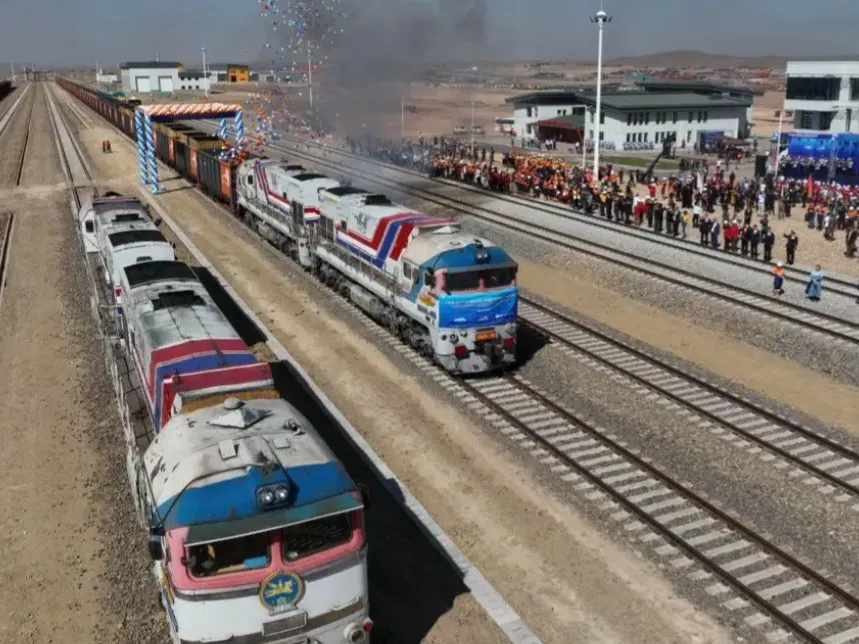

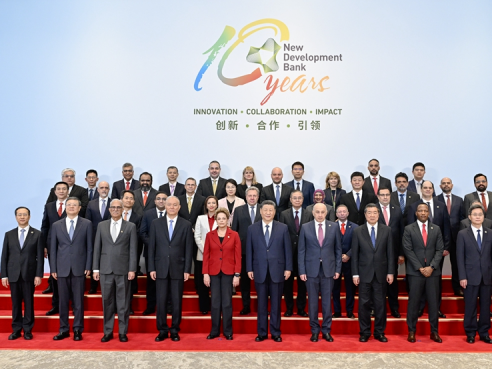
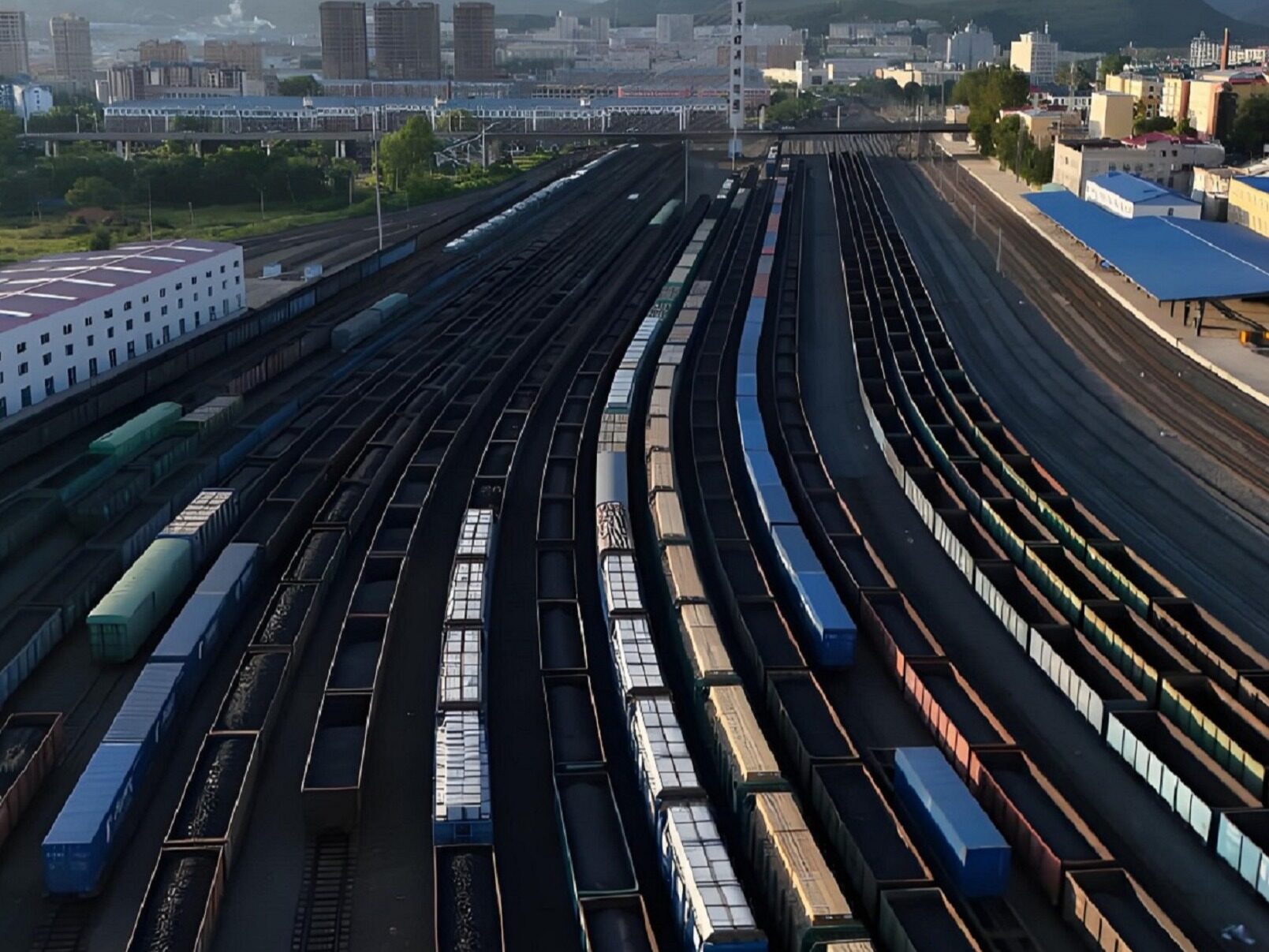
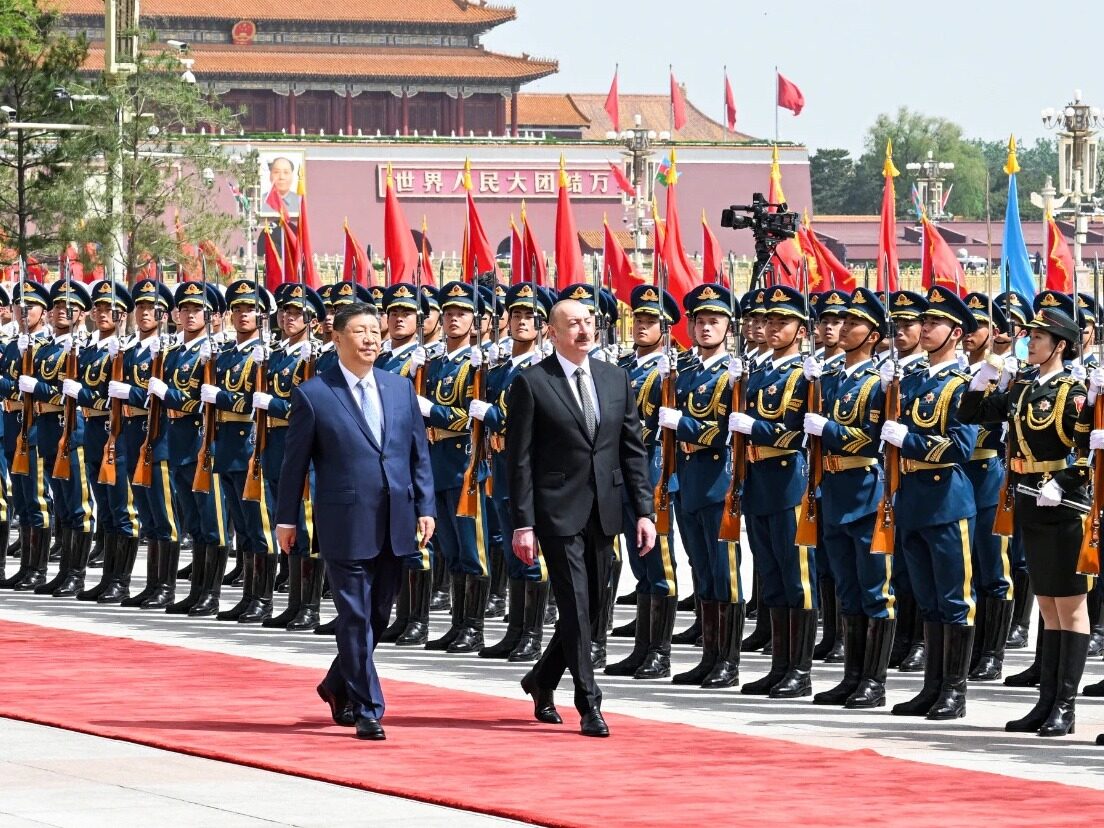
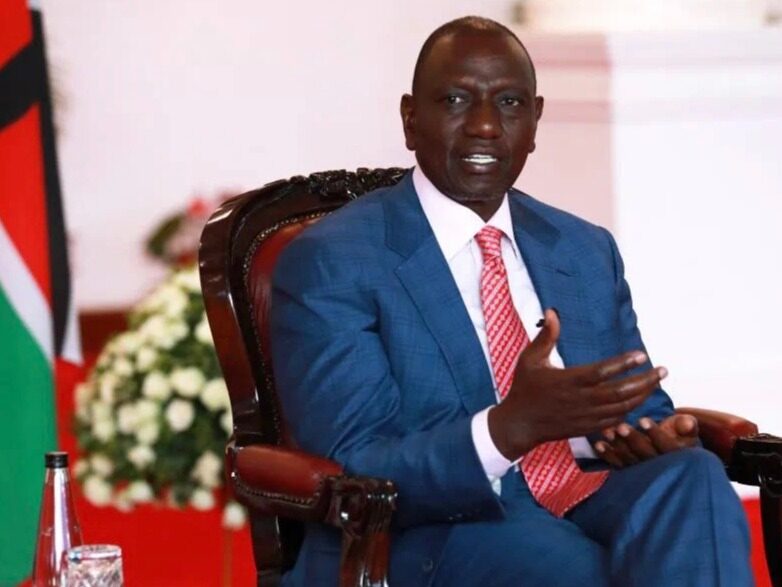






Write something~